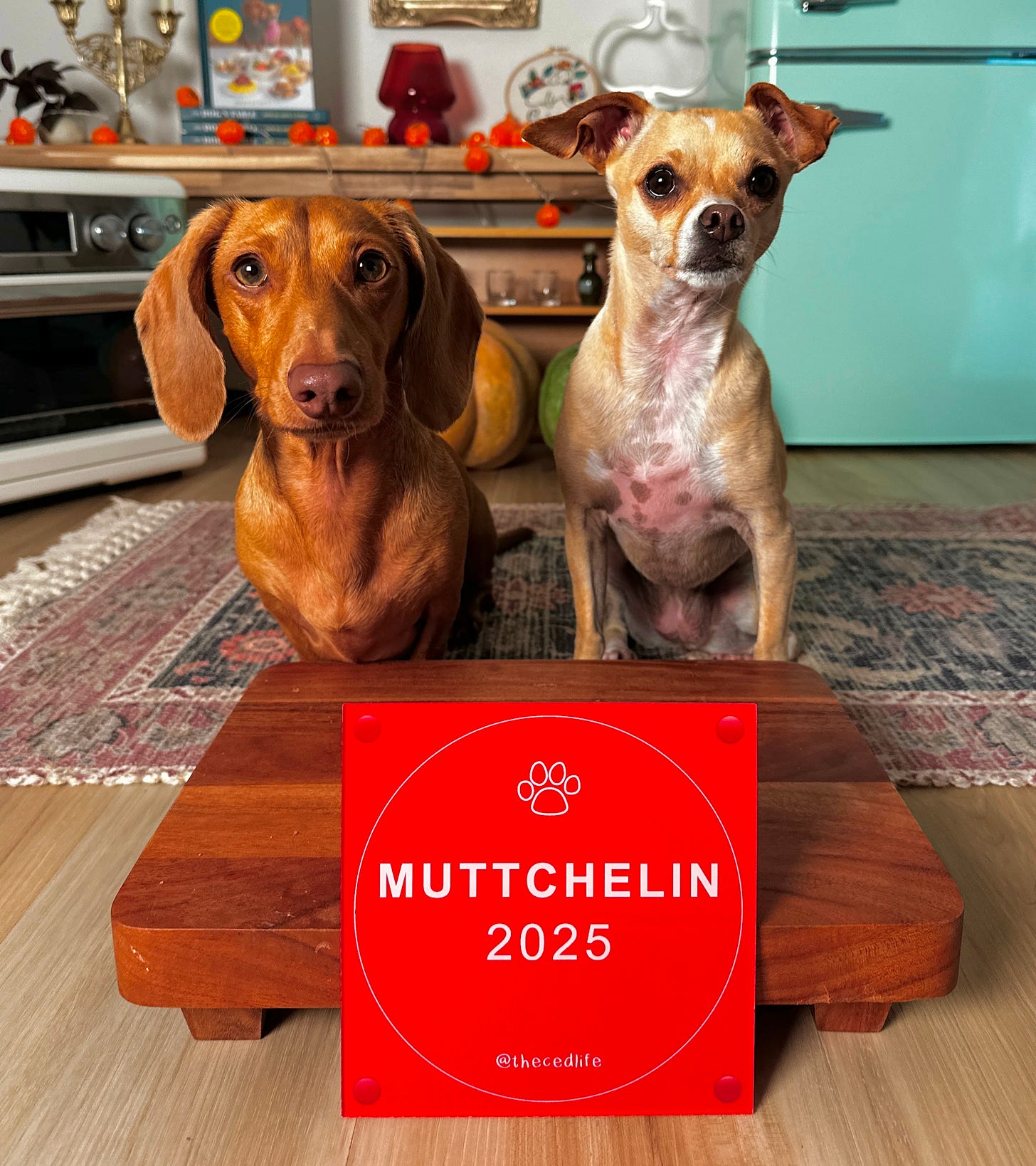AAFCO is not for whole-food diets
And a special offer if you bought our book on presale
If you’re interested in feeding your pets well, you probably hear a lot about balance. We refer to AAFCO on our products and in our newsletter because they are the governing body for animal feed in the United States. For this reason every dog food brand sold in America must meet AAFCO requirements. Some people ta…




